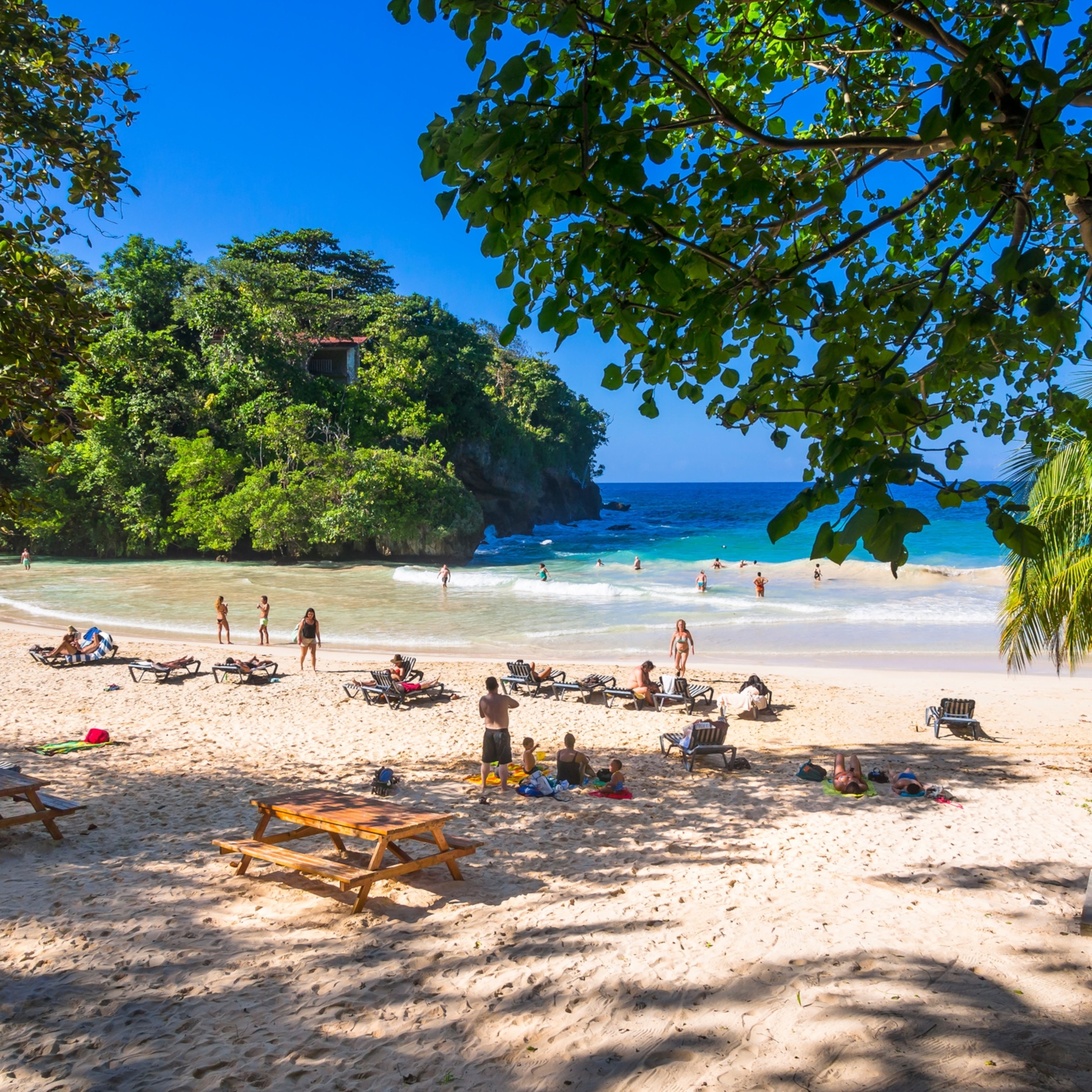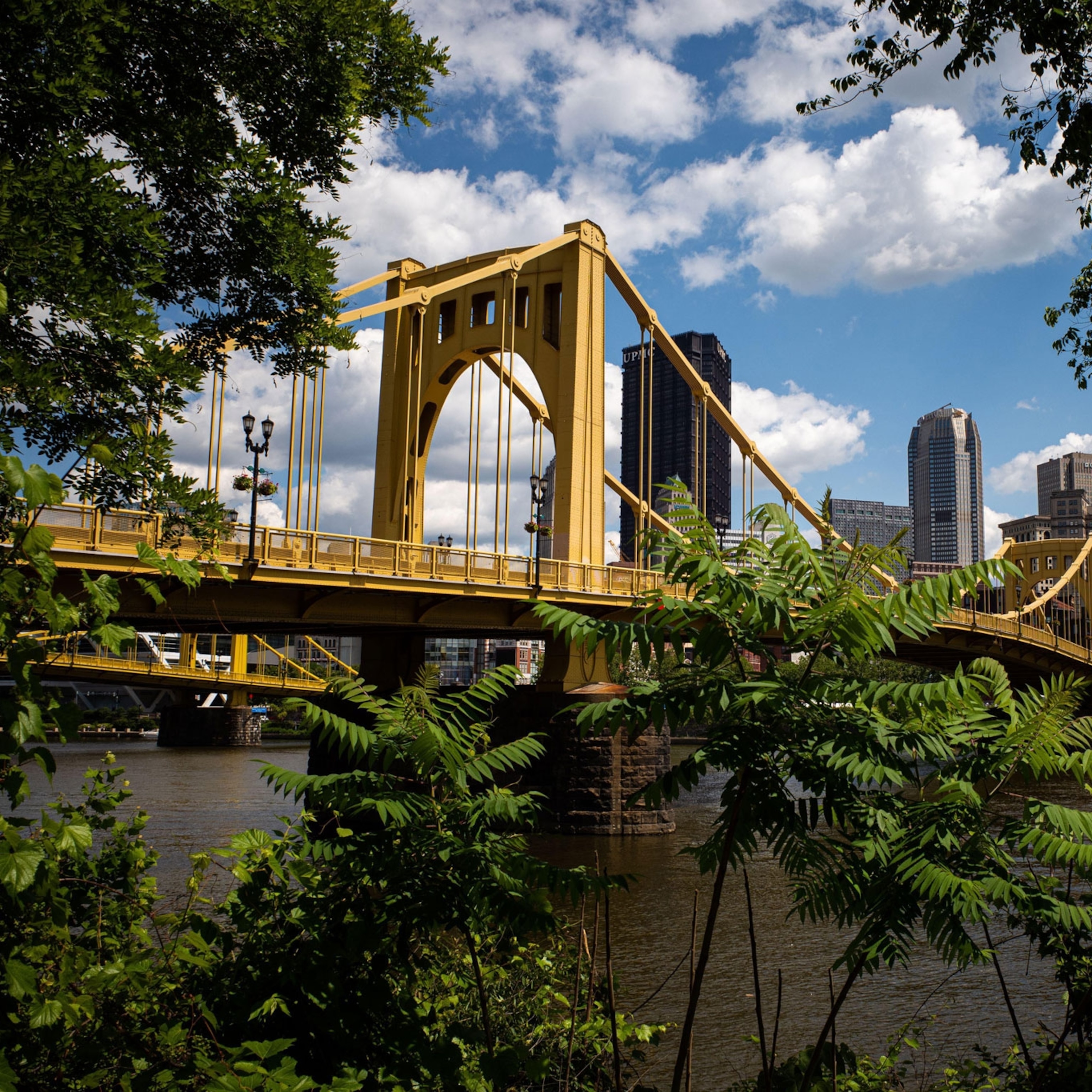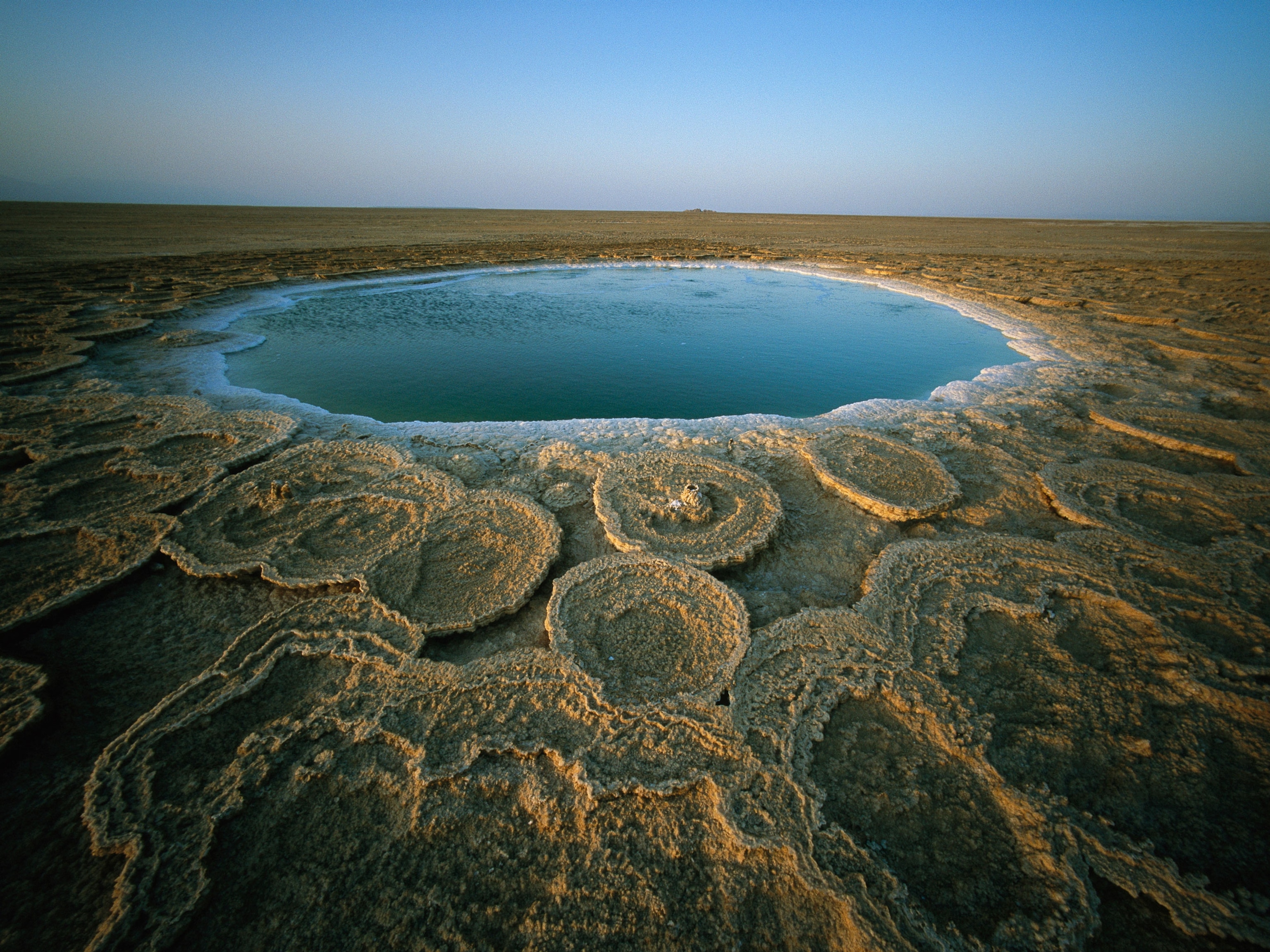This underrated Louisiana parish is brimming with Cajun culture
St. Martin Parish offers a glimpse into the storied heritage of Acadiana, a Louisiana region that’s renowned for its savory seafood and lively music scene.

With more than 40 million visitors recorded in 2024, Louisiana draws domestic and international tourists in droves thanks to its rich cultural heritage, scenic swamps, and thriving seafood scene. To encounter all three, St. Martin Parish is an ideal destination. Established along Louisiana’s Atchafalaya Basin, this storied region offers a glimpse into the idyllic side of the Pelican State, imbued with southern live oaks and tranquil ponds that teem with crayfish.
From the heart of St. Martinville to the depths of the bayou, St. Martin Parish embodies the beauty of rural Louisiana, featuring centuries-old cultural institutions and polished contemporary venues that hum with the enduring spirit of Cajun culture.
(Here's what you should know before taking the ultimate Louisiana road trip.)

Exploring the culture of Acadiana
Over the centuries, Louisiana’s Indigenous, Black, and European communities have all played a crucial role in contributing to the state’s overall cultural identity. St. Martin Parish serves as the ideal place for a deep dive into the region’s French heritage.
“St. Martin Parish has long been touted as the birthplace of Cajun culture. Exiles from Acadie (now known as Nova Scotia) were welcomed to South Louisiana by the Spanish colonial government beginning in 1764,” says Phillip Frey, ranger at the Longfellow-Evangeline State Historic Site. This 18th-century influx of French-speaking refugees significantly contributed heavily to shaping the cultural landscape of Southern Louisiana, earning the region the name “Acadiana” due to its high concentration of Cajun settlers, and St. Martin Parish offers plenty of destinations for exploring their past.
Upon arrival, the aforementioned Longfellow-Evangeline State Historic Site is one way visitors can explore Acadiana culture. Once home to a cattle farm, and later a 400-acre sugar plantation, the estate was converted into a state park in 1934. It now seeks to highlight the many cultural identities that have shaped Acadiana over the centuries. During a stroll along its grounds, guests are welcome to explore the replica farmstead for an idea of daily life in Acadiana during the 1700s. The on-site museum is a collection of centuries-old artifacts, including farming tools, textiles, and antique furniture. Post-tour, St. Martinville’s African American Museum is an insightful experience that highlights the contributions and achievements of Acadiana’s Black community. A 20-minute drive north of the museum, La Poussière is recognized as one of the oldest Cajun dancehalls in the region, drawing guests on Saturdays and Sundays to enjoy the Cajun music of southern Louisiana.
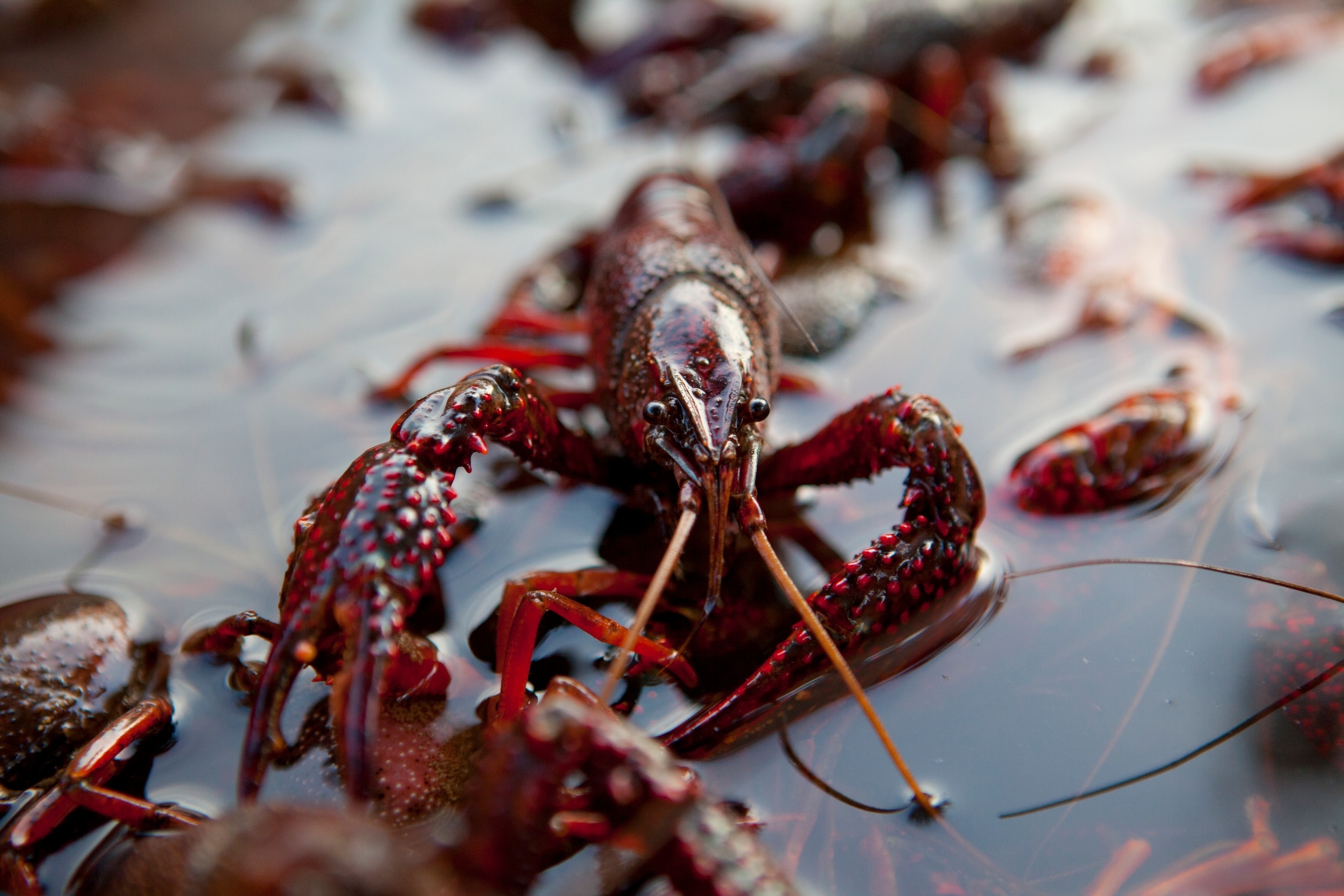
Sampling the best seafood in St. Martin Parish
Between museum visits, tourists can also explore Acadiana’s renowned dining scene, which includes a myriad of dishes that showcase the region’s natural bounty.
“This is an area that’s very rich in culinary history,” says Marcelle Bienvenu, cookbook author and food historian. “There was a large influx of people: the French, the English, the Germans, the natives. Everybody had a finger in the pot, and it was the best of every part of cuisine that came to this area.” In terms of local dishes, Bienvenu highlights time-honored staples like crawfish étouffée, boiled crawfish, and crawfish pie—all of which people can try at the Breaux Bridge Crawfish Festival.
First celebrated in 1960, this lively event honors one of St. Martin’s most prominent agricultural products. More than 20 million pounds of wild-caught and farm-raised crawfish are produced across the parish each year. Throughout the festival, visitors are welcome to snack on all sorts of savory seafood dishes, and you can peruse plenty of crustacean-themed memorabilia along the way. And while food is the main focus of the festival, it also doubles as a prime opportunity for immersion into Cajun culture, including traditional dance lessons and live zydeco music performances.
While Breaux Bridge is a top-tier culinary destination thanks to both the festival and local restaurants such as Cafe Sydnie Mae, it’s far from the only place worth visiting for gastronomy buffs. Just 20 minutes away, the parish seat of St. Martinville is also steeped in classic Acadiana culture, earning the nickname “Petit Paris” due to its close cultural ties to France. Today, visitors can take a morning stroll in the tranquil Evangeline Oak Park, then head to The Studio Gallery and Coffee Bar for a latte and a slice of quiche. However, no visit is complete without dining at The St. John Restaurant, a cozy institution that’s earned widespread acclaim for its crab cakes and ribeye steak.
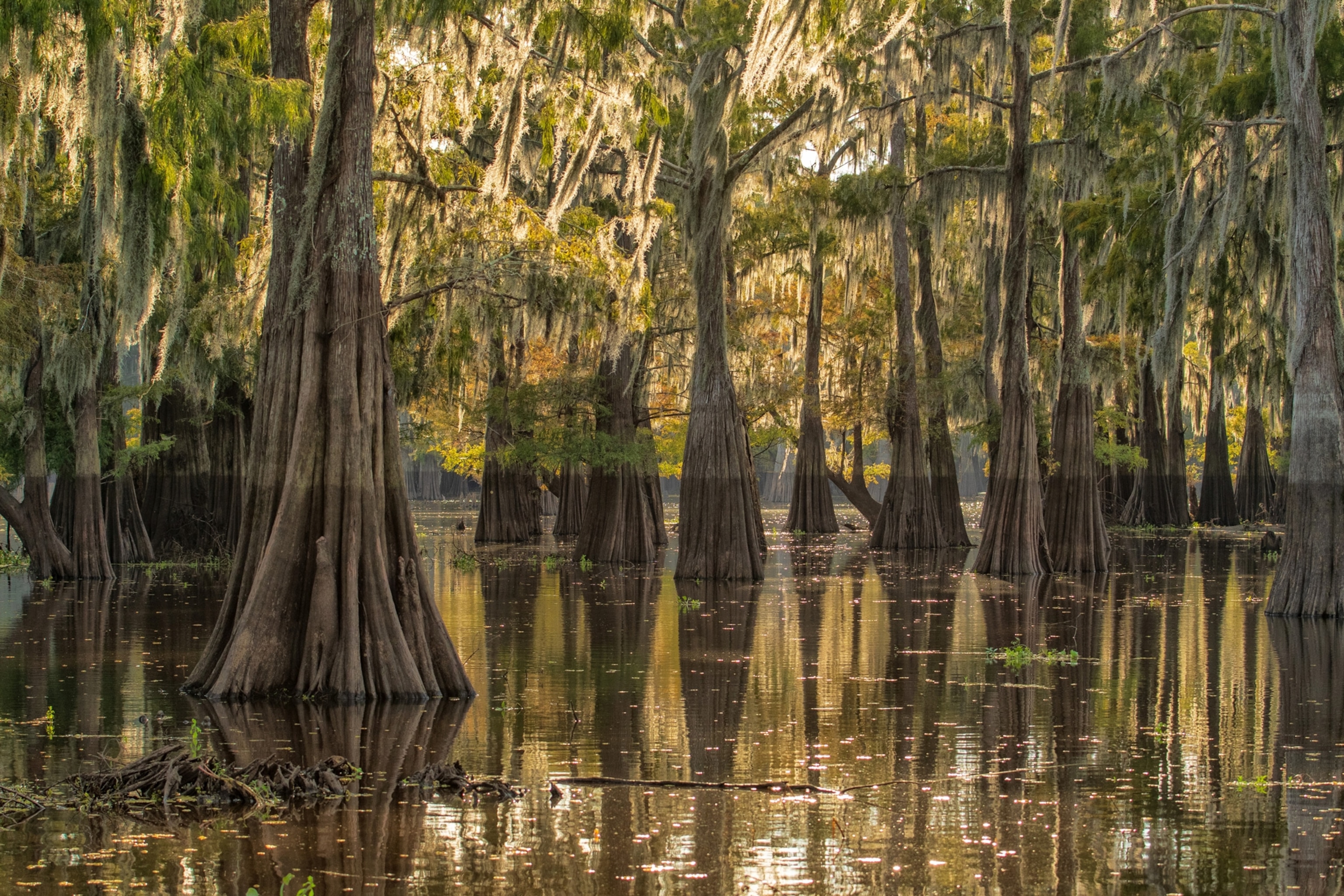
Discovering the tranquil beauty of the Acadiana Bayou
While Acadiana’s distinct cultural heritage makes it a top-tier tourist destination, it’s not just humans that call the region home. The surrounding Atchafalaya Basin acts as a crucial sanctuary for countless North American species. The aptly-named Atchafalaya Basin Landing offers ample opportunity to spot one of Acadiana’s most famous creatures in the flesh.
Equipped with a fleet of airboats and traditional swamp boats, this family-owned adventure company brings explorers into the depths of the Acadiana bayou, where towering bald cypress trees and a wealth of native fauna await, including Louisiana black bears and 400 species of birds. While birdwatchers marvel at picturesque species like the osprey, anhinga, and great egret, the tour is also perfect for getting an up-close view of the American alligator. This iconic reptile can be found in abundance here.
After a wildlife-filled cruise along the bayou, guests are welcome to hop off the boat and feast on shrimp po’boys, seafood platters, and gator bites at the open-air Turtle’s Bar & Grill—but for a truly unforgettable foray into the flavors of Acadiana, don’t miss out on Bayou Teche Brewing. Named in honor of one of the region’s most prominent water features, this colorful venue blends traditional Cajun culture with modern gastronomy. Every Sunday, visitors can look forward to live Cajun music performed on the outdoor stage, along with locally inspired menu items that range from smoked boudin pâté to ale infused with raw Louisiana cane sugar. It’s an example of the many unique places across Acadiana that seamlessly blend old-school Cajun tradition with modern flair.
How to do it
When exploring St. Martin Parish, it’s essential to have access to a car. Attractions like downtown St. Martinville are navigable on foot, but more remote destinations, such as Atchafalaya Basin Landing, are nearly impossible to visit without a vehicle.
In terms of accommodations, the surrounding region offers its fair share of cozy bed and breakfasts as well as traditional hotels. For Breaux Bridge visitors, options include the 1810s-era Old City Hotel, as well as the Bayou Cabins, a recognized venue that has hosted a wide range of celebrities over the decades. For those who prefer a classic hotel, the Holiday Inn Express Breaux Bridge/Henderson is a more cost-effective choice thanks to its central location and outdoor pool.
